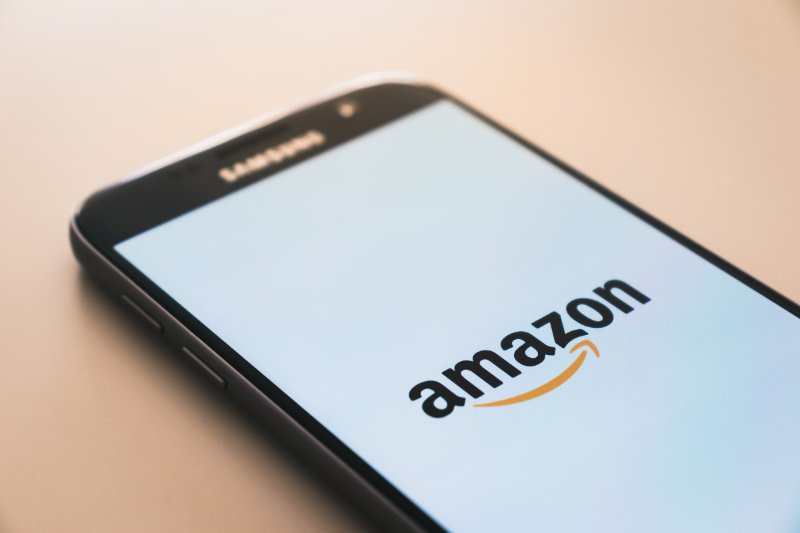
Reselling on Amazon has become a popular way for entrepreneurs to start an online business. You can leverage Amazon’s massive customer base and infrastructure to sell products without creating your brand or manufacturing items. By sourcing products from wholesalers, liquidators, or retail stores and reselling them on Amazon, you can earn profits with relatively low startup costs.
Getting started with Amazon reselling involves a few key steps. You’ll need to set up a seller account, find profitable products to sell, create listings, and handle shipping and customer service. While it may seem daunting initially, many sellers have succeeded by starting small and scaling up as they gain experience.
One of the main advantages of reselling on Amazon is the flexibility it offers. You can start part-time while keeping your day job and scale up as your business grows. With options like Fulfillment by Amazon (FBA), you can even outsource storage and shipping, allowing you to focus on sourcing products and growing your business.

Ready to dive into reselling on Amazon? It’s easier than you might think. First things first, you’ll need to create an Amazon seller account. Head over to Amazon’s website and sign up as a seller.
Next, decide what products you want to resell. Research is key here. Look for items with high demand and decent profit margins. Popular categories include electronics, books, and home goods.
Once you’ve picked your products, it’s time to source them. You can find items to resell through:
After acquiring inventory, you’ll need to list your items on Amazon. Create detailed product listings with clear photos and accurate descriptions, and price competitively to attract buyers.
Consider using Fulfillment by Amazon (FBA) to handle storage and shipping. This can save you time and hassle, especially when starting.
Keep track of your expenses and profits. Use spreadsheets or software to monitor your business performance. This will help you make informed decisions as you grow.
Remember, success doesn’t happen overnight. Be patient and willing to learn from your mistakes. You can build a profitable Amazon reselling business with persistence and smart strategies.
See Related: How to Make Money with Amazon: Proven Strategies for Success

Scanning items at retail stores is a great way to find profitable products to resell on Amazon. Download the free Amazon Seller app to scan barcodes while browsing stores like Walmart, Target, and Home Depot.
The app will show you the current Amazon price and fees. Enter your purchase cost to see potential profits. Look for items with a good margin between the store and Amazon prices.
Clearance sections and seasonal sales can be goldmines. You might find toys marked down to $5 that sell for $15+ on Amazon. Or snag a TV on clearance for $100 to flip for $200.
Keep an eye out for:
Research trends and best-selling products on Amazon to identify in-demand categories. Electronics, toys, and home goods often have good resale potential.
Start small and test different products. Track your results to see what sells best. As you gain experience, you’ll develop an eye for spotting profitable items.
When calculating potential profits, remember to factor in all Amazon fees and shipping costs. Stay within your budget as you’re learning the ropes.

Keeping your Amazon reselling business running smoothly requires solid inventory and logistics management. You’ll need to monitor your stock levels and order fulfillment processes.
For inventory tracking, consider using software like InventoryLab or Sellbrite. These tools can help you monitor stock levels, set reorder points, and forecast demand. You don’t want to run out of hot-selling items!
When it comes to storage, you have a few options:
FBA can be a game-changer for many resellers. You ship your products to Amazon’s warehouses, and they handle storage, packing, and shipping to customers. It’s convenient but comes with fees.
Sourcing products is crucial. Look for reliable suppliers who can provide quality items at competitive prices. Some places to find inventory:
Don’t forget about shipping! If you’re not using FBA, you must pack and ship orders yourself. Invest in quality packing materials and compare shipping rates for the best deals.
Lastly, keep an eye on your metrics. Amazon tracks things like order defect rate and on-time delivery. Maintaining good scores helps you stay in Amazon’s good graces and can boost your visibility in search results.
See Related: Work from Home Amazon Job: A Comprehensive Guide to Remote Opportunities

Avoiding certain pitfalls can make or break your success when reselling on Amazon. One of the biggest blunders is trying to juggle multiple seller accounts. Stick to one account per person to avoid potential issues with Amazon.
Don’t skimp on product research. Failing to analyze trends and demand can leave you with unsellable inventory. Take the time to identify products that have a good chance of turning a profit.
Pricing is crucial. Setting your prices too high or too low can hurt your sales. Find that sweet spot where you’re competitive but still making a decent margin.
Neglecting customer service is a rookie mistake. Prompt responses to inquiries and addressing issues quickly can make a big difference in your seller ratings.
Inventory management is another area where new sellers often stumble. Running out of stock or overordering can both cause problems. Keep a close eye on your inventory levels.
Quality control is vital. Sending damaged or counterfeit items can lead to negative reviews and account suspension. Always inspect your products before shipping.
Lastly, don’t forget about taxes and fees. Factor these into your pricing strategy to ensure you’re truly making money on each sale.
See Related: Best Amazon Surveys for Cash to Earn Money

Amazon reselling isn’t always smooth sailing. You’ll face ups and downs on your journey. Let’s look at some real experiences to give you a taste of what’s possible.
Morgan of Cajunventures hit it big. Starting from scratch, she reached $1 million in sales by the end of 2018. That’s a whopping 327% year-over-year growth! By 2019, her Amazon earnings supported both her and her partner.
But success isn’t guaranteed. One seller unknowingly broke an important Amazon guideline, causing major headaches. Another waited too long to use a tool that could have boosted sales earlier.
Suzanne’s story shows both sides of the coin. She started in 2009, focusing on toys, books, and seasonal grocery items. She was pulling in $70K monthly in sales at her peak. But eventually, she decided to stop selling on Amazon.
Here’s a quick breakdown of potential wins and pitfalls:
Wins:
Pitfalls:
Remember, these stories are just glimpses. Your journey will be unique. Stay adaptable, learn from others’ experiences, and prepare for triumphs and challenges.
Last updated: August 26, 2024